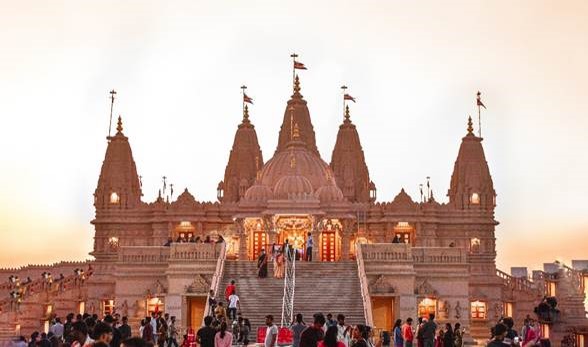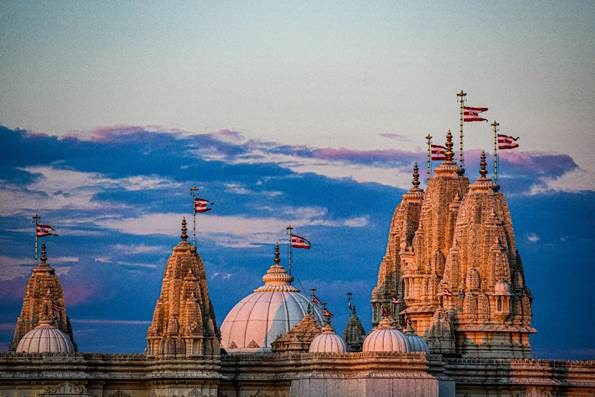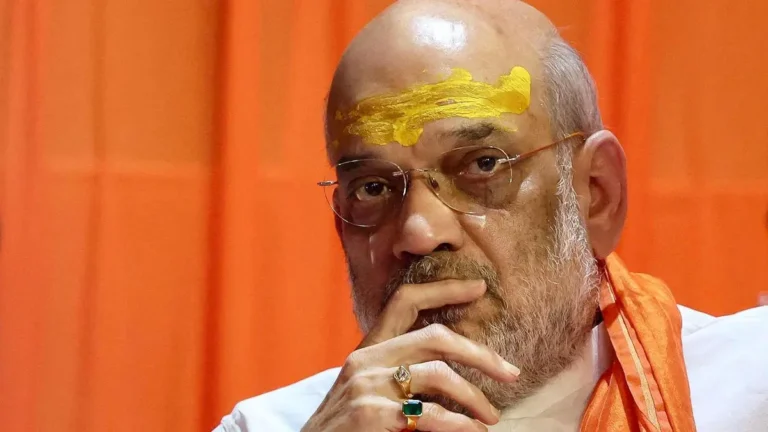Unlocking the Mysteries of Ayodhya: A Journey Through Time
Unlocking the Mysteries of Ayodhya: A Journey Through Time

Imagine walking through the ancient streets of Ayodhya, a city steeped in myth and history, where every corner whispers tales of gods and mortals, love and war. Ayodhya, nestled along the banks of the sacred Sarayu River in present-day Uttar Pradesh, India, is not just a place on the map but a living testament to a rich and complex tapestry of cultural, religious, and historical significance.
But what exactly is the history of this mystical city? How did it become a symbol of reverence for millions around the world? Let’s embark on a journey through time and unravel the mysteries of Ayodhya.
The Legendary Past: Mythology and Origins
Ayodhya’s history is intricately woven with Hindu mythology, tracing its origins to ancient texts like the Ramayana. According to legend, Ayodhya was founded by Manu, the progenitor of mankind, making it one of the oldest continuously inhabited cities in the world. It is believed to be the birthplace of Lord Rama, the seventh avatar of the Hindu god Vishnu, and the setting for the epic tale of his life and adventures.
The Ramayana, attributed to the sage Valmiki, narrates the story of Rama’s exile, his wife Sita’s abduction by the demon king Ravana, and the epic battle that ensued. Ayodhya plays a central role in this narrative as the capital of the ancient kingdom of Kosala, ruled by Rama’s father King Dasharatha. The city’s splendor, described in vivid detail in the epic, paints a picture of a prosperous and majestic metropolis adorned with palaces, temples, and bustling markets.
But beyond mythology, archaeological excavations in Ayodhya have unearthed traces of human habitation dating back to the second millennium BCE, validating its historical significance and continuous settlement over millennia.
The Tapestry of Time: Ayodhya Through the Ages
As we traverse the annals of history, Ayodhya emerges as a crucible of diverse cultures and influences. Its strategic location at the crossroads of ancient trade routes connecting the Indian subcontinent with Central Asia and beyond contributed to its cosmopolitan character and vibrant exchange of ideas.
During the Gupta period (4th to 6th centuries CE), Ayodhya flourished as a center of learning, art, and religious patronage. The reign of Emperor Harshavardhana in the 7th century witnessed a golden age of prosperity and cultural renaissance, with Ayodhya as a beacon of enlightenment.
The medieval period saw Ayodhya becoming a focal point for various dynasties, including the Mughals, who embellished the city with architectural marvels like the Hanuman Garhi and Babri Masjid. Despite political upheavals and shifting power dynamics, Ayodhya retained its spiritual allure, drawing pilgrims and devotees from far and wide.
Bridging Borders: Ayodhya’s Transnational Connections
Beyond its borders, Ayodhya’s influence extended to neighboring regions and beyond, forging cultural and religious bonds that transcended geographical boundaries. Nepal, in particular, shares a profound connection with Ayodhya, as both countries lay claim to the legacy of Lord Rama.
Janaki Mandir in Janakpur, Nepal, revered as the birthplace of Sita, stands as a testament to this enduring bond between Ayodhya and Nepal. The shared reverence for the Ramayana and the worship of Lord Rama and Sita serve as cultural bridges that unite people across borders.
Similarly, Ayodhya’s cultural imprint can be found in Sri Lanka, where the island nation reveres sites associated with the Ramayana, such as the Ashok Vatika in Nuwara Eliya. The epic tale of Rama’s conquest of Lanka resonates deeply in Sri Lankan culture, symbolizing the triumph of good over evil and the enduring power of righteousness.
A New Chapter Begins: Embracing the Future
The year 2024 marked a significant milestone for Ayodhya with the inauguration of the Ram Mandir, signifying a culmination of long-held aspirations. This event opens a new chapter, poised to see a surge in tourism and necessitate mindful development plans to balance cultural preservation with infrastructure upgrades. Striking a balance between respecting the city’s spiritual significance and embracing sustainable development will be crucial in shaping Ayodhya’s future.
Looking Ahead: Ayodhya in the Next 500 Years
As we reflect on Ayodhya’s past and present, it prompts us to ponder its future trajectory. What will Ayodhya be like in the next 500 years? Will it continue to be a spiritual and cultural hub, revered by pilgrims and scholars alike? Or will it undergo transformations driven by urbanization and modernization?
While it’s impossible to predict with certainty, one thing is clear: Ayodhya’s legacy will endure, shaped by the collective memories, beliefs, and aspirations of countless generations. Whether it evolves into a bustling metropolis or preserves its timeless charm, Ayodhya will remain a beacon of hope and inspiration for humanity, reminding us of our shared heritage and the enduring quest for truth and righteousness.
Conclusion:
Ayodhya’s history is not just a chronicle of the past but a living narrative that continues to unfold, inviting us to explore its depths and contemplate its significance in shaping our collective consciousness. As we embark on this journey through time, let us pause to reflect on Ayodhya’s enduring legacy and the timeless wisdom it holds for future generations.
Now, I have some questions for you! What aspects of Ayodhya’s history resonate with you the most? How do you envision Ayodhya’s future, and what role do you think it will play in shaping our shared cultural heritage?
Read 15-unveiled-treasures-unveiling-the-mysteries-of-ram-mandir





